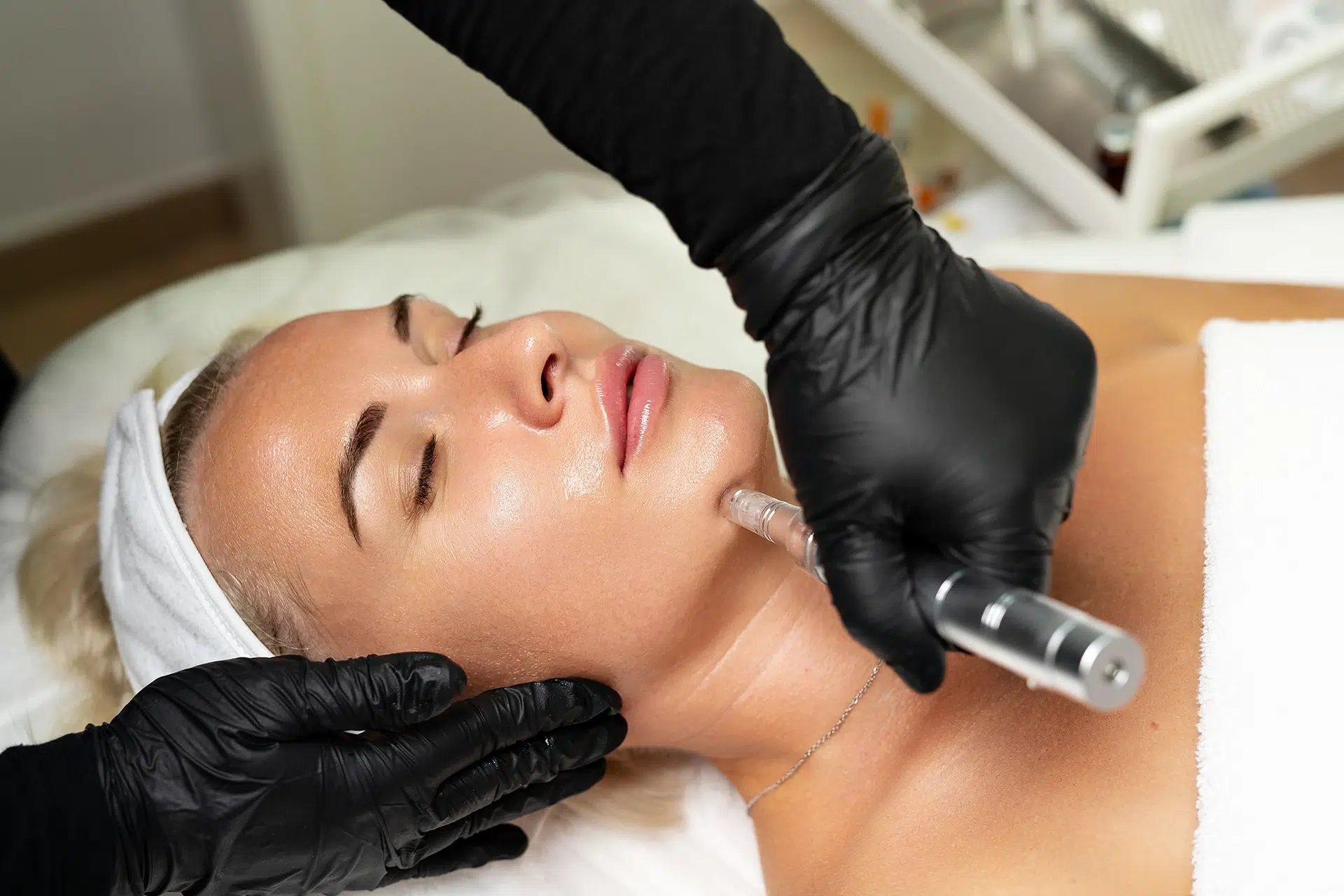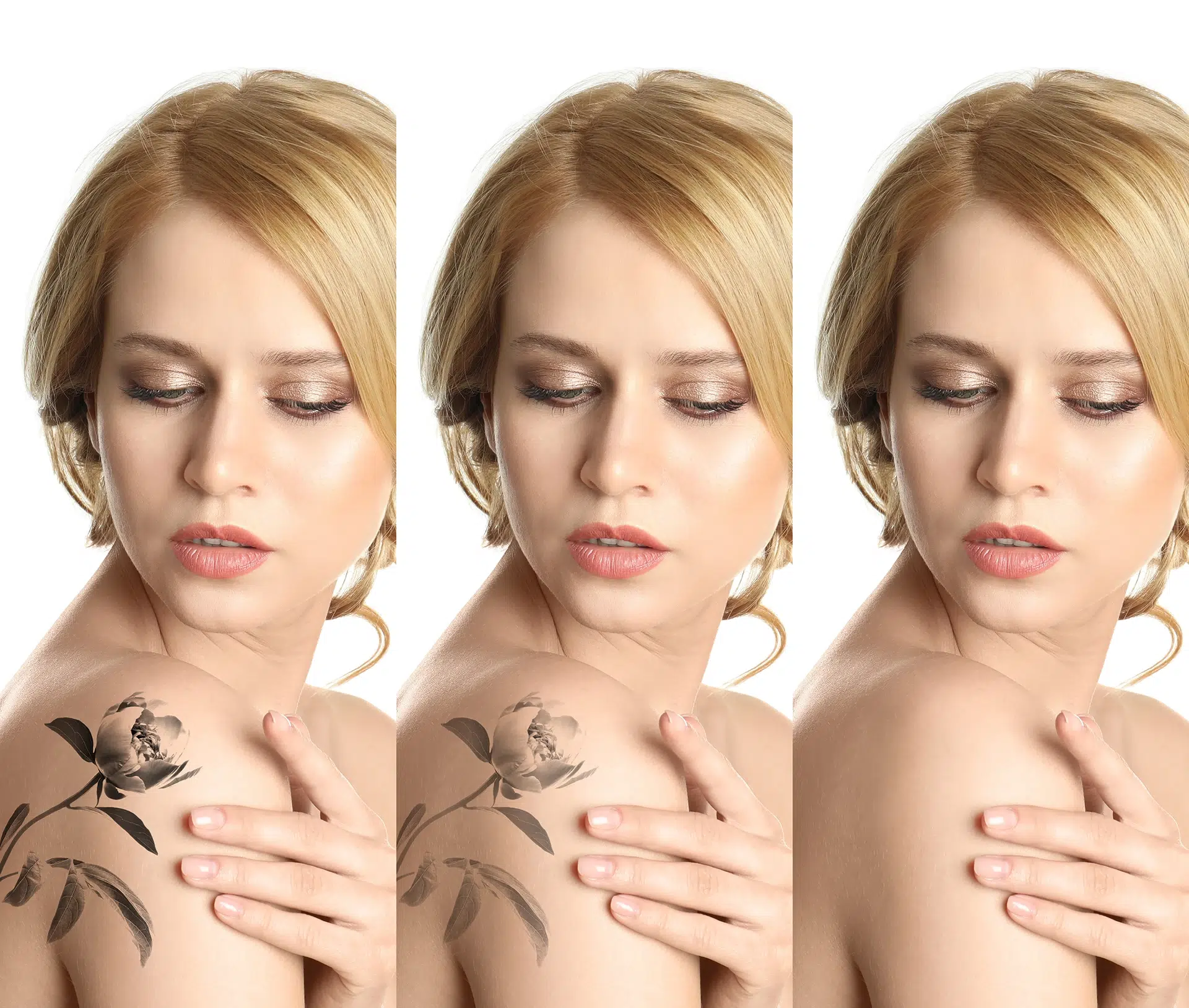In today’s world, people suffer from various venous diseases that affect their quality of life. Vein problems are more prevalent in older people and cause various problems. According to research, it is estimated that about 20% of all adults will get varicose veins in their lives. Another research, as per Ahajournal, states that 23% of the American population suffers from varicose veins.
Vein problems can affect each individual differently. Some may cause pain in a few people, while the rest may not feel it.
So you may need vein treatment to relieve you of the various problems that may occur. Continue reading to learn more about procedures for vein treatment and other aspects that can affect it.
What Are the Procedures for Vein Treatment?
There are several procedures for this problem. From self-care practices to surgeries and procedures, there are several options for vein treatment depending on the severity of the problem.
Let’s get into the different types of varicose vein treatment and procedures:
Self-Care
This refers to exercising your legs, regular leg exercises, and lifting your legs when you’re sitting down. You may also wear compression stockings as they help alleviate some of the pain caused.
Compression stockings are great; they apply pressure on your legs to improve blood circulation and help in relieving pain. They can be found and purchased at your local drug store
Laser Treatment
If your self-care vein treatment is ineffective, you can opt for laser treatment.
Here, the doctor will use a device to target the laser where the veins are, causing them to shrink in size. Eventually, they assimilate into the body and no longer provide you with concerns.
Sclerotherapy
This procedure requires injecting a solution referred to as sclerosant into the veins. This results in the collapsing of the veins by scarring.
For larger veins, foam sclerotherapy may be the best solution; it’s the same procedure, but doctors will inject you with sclerosant foam rather than injecting a solution into the veins. This helps in covering a larger area with ease.
Radiofrequency Ablation
This procedure is quite similar to laser treatment. Here, radio waves (radiofrequency energy) are used to numb the affected veins to get a proper visual of the leg.
After this, a wire catheter is used to project radiofrequency energy alongside the leg. This will eventually cause the veins to heat up and contract, and blood is then diverted to the healthy veins.
See Also: What Are the Major Differences between Varicose Veins and Spider Veins?
Vein Problems Related to Varicose Veins
Varicose veins usually occur in the leg and on the skin. This disease causes the veins to twist and enlarge, which leads to pain. Typically, they don’t lead to a lot of complications. But here are a few complications:
1. Bleeding
This happens when the veins are quite close to your skin and end up bursting. This usually results in small bleeding, and you should give it proper medical attention.
2. Ulcers
These typically form near the ankles and places where the veins are close to the skin. Make no mistake; if there’s an ulcer, it requires immediate medical attention.
3. Leathery Skin
Also known as lipodermatosclerosis, is a vein disease that can cause pain, skin hardening, skin color change, swelling, etc.
4. Blood Clots
When the vein is enlarged and causes pain and swelling, then it could be a sign of a blood clot. This requires immediate medical attention.
Risk Factors of Vein Problems
There are various risk factors that can affect the vein in men and women. Some of them include:
1. Overweight
Being overweight is one of the major causes of vein problems. It can put pressure on the valves. Maintaining a healthy weight can help reduce the chances of developing vein problems.
2. Age
Age plays a significant role in the development of various vein problems. If you are 45 years of age or older, you can develop varicose veins, spider veins, etc., due to the excessive wear and tear of the valve.
3. Family History
If your parents or grandparents had vein problems, you run the risk of also developing them in the future.
4. Muscle Problems
Various muscle problems can play a significant role in the development of vein problems. So make sure to treat muscle problems timely.
What Are the Causes, Risk Factors, and Side Effects During Vein Treatment?
The main cause may include veins damage or weakened blood valves. Because these valves are responsible for pushing the blood upwards towards the heart, and if they’re damaged, then that task becomes quite difficult for the valves to accomplish. These are pretty much the primary causes of vein treatment.
You must also be careful when you are opting for vein treatment. There may be various risks and side effects that are involved in the treatment. Some of the risk factors and side effects of vein treatment include:
Change in Pigmentation
You may notice brownish splotches near the treated area. These splotches may take months or even a year to completely fade away.
Headaches
Some of the treatment procedures may lead to minor or severe headaches if some major vein is affected. It may take some time for the headaches to subside.
Allergic Reaction
You may have an allergic reaction due to the various chemical solutions that may be injected into your skin during some of the treatment procedures.
Scarring or Bruising
During some of the treatment procedures, your skin may be injured, which can lead to bruising or even permanent scarring.
Vision Problems
You may have temporary vision problems following some of the treatment.
See Also: How Can I Make My Veins Healthy Again?
Diagnostic Tests and Procedures
As a preliminary test, the doctor will ask you to stand on your legs and look for swelling and may request you to describe the pain you’re feeling.
To further diagnose the severity, your healthcare provider will conduct a venous doppler ultrasound test, he will hold a device up against the skin of your leg and move it around, and it will then display the visuals of the veins on a screen.
Conclusion
Vein problems may not seem like a life-threatening concern, but they should be addressed nevertheless, with great care and concern. You must visit the doctor and get the appropriate vein treatment.
Best Vein Treatment at the Youth Fountain
Looking for the best healthcare provider to help you deal with vein problems? If yes,
contact us at The Youth Foundation. We offer the best vein treatment in Freehold, NJ, with our board-certified doctor Emil Shakov coming up with the most suitable treatment plan for you.



